I like to draw parallels. Literally and figuratively. Literally speaking, it's a habit from doing line exercises in first year architecture school. Figuratively speaking, it is comforting to see what lines up, who is on track with you, the familiar, that which follows expectation. On the other hand, it is very interesting to see where things starts to veer off in another direction, why and how, the twist in the tale! Is it new? Is it novel? Is it exciting? Eyes peeled, ears perked up, everyone wants to know, we make the time to find out. Last weekend, I went to see the world premiere of Belle Redux/ A Tale of Beauty and the Beast, a modern ballet produced by Ballet Austin. It was very different from anything I had seen before or expected in a ballet performance. It was no familiar fairy tale. Quite the contrary. It was dark (literally and figuratively), daring, layered, interpretive, inquiring, lingering. In an encore following the ballet, director Stephen Mills talked about the project, the process, and the result. The directive was to be innovative, plain and simple. No small feat there, but I think they hit the mark. And I say that not because they used multi-media or donned contemporary costumes, although that certainly set the stage, but because of the power of the narrative. It's been 4 days since, and I am still thinking about the performance, and digging up the story behind the stage. I'm still peeling the onion, exploring the interpretations, and thoroughly enjoying myself. Isn't that the purpose of art?
There are three things that have been lingering on my mind - the act of innovation, the subjectivity of beauty, and the fruit of criticism.
Mills describes innovation as "the act of making something better, more interesting, or more useful." I cannot help but draw a parallel to the art of creating architecture. Architects are known to be creative people; innovative, however, not the first adjective that comes to mind. Why the heck not? We make things better, more interesting, and more useful! Well, some architects certainly do, more so than others.
Aren't creation and innovation intricately woven together, being two sides of the same coin? In the context of architecture, what exactly is the difference between an innovative idea and a creative idea? Is innovation so intimately tied to processes, execution, and well, technology, that it seems irrelevant as a concept in architectural design? Where do you draw the line between creativity and innovation in the arches and vaults of ancient Roman architecture? Would you say that creative architects gave us the likes of the Sagrada Familia and innovative architects gave us the skyscraper?
Some might argue that innovation lies in the process of turning creative ideas to reality, and while an idea might come from a single person, it takes a team to innovate. Any creative person, scratch that, everybody knows that ideas are aplenty; turning that to reality is the mountain ahead of you. Was it Edison who said "Innovation is 1% inspiration, 99% perspiration." Every practicing architect knows the long journey from concept drawings to getting the keys to the building - you don't get from point A to B without team work and collaboration. Solo architect is a misnomer.
In my work in residential architecture, it is very evident that the client sitting across the table from me is there because they want something better. From the initial bubble diagram, there is an opportunity to be creative and innovative. Perhaps it's a challenging site or orientation, a personal pet peeve that needs to be addressed, the building material selection, the construction detailing, a project delivery method; there are opportunities at every step of the way. Maybe it's not the concept or the design, but the client's experience working with the architect that was the best aspect of the project. Or maybe the waterproofing detail is the most innovative thing about the house. It is simply better than it could have been.
Something that Stephen Mills said after the ballet resonated with me. He said, "Who decides what is beautiful and what is beastly?" and then of the show he said, "some people might love it, some may not get it, and some might hate it, and I'm okay with that."
In the architecture profession, there is a lively debate about architectural style, with the architects in one camp bashing the others. Our work is criticized by our peers, the public, and the media. Have you ever seen the show "Extreme Homes" on HGTV? They showcase houses from all over the world that range from bizarre to spectacular, low-tech to ultra-modern, mundane to beautiful, yet extreme in some unique way. I like to watch it, mostly because it's interesting to see what personal architecture looks like in other parts of the world, but also to understand what motivates different people and how it reflects in their built environment. One size does not fit all. Standing at the curb, it's easy to pass judgement on the aesthetic choices or the architectural style. But if you get to know the narrative behind the facade, you might not be so harsh. Indeed, you might be inspired.
Cheers,
Sharon.

